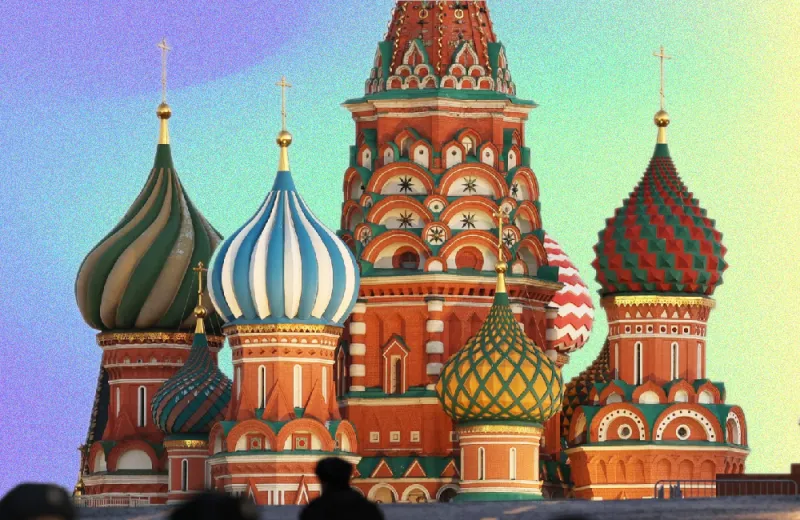Investors in Russia-focused hedge funds are facing devastating losses following Russia’s invasion of Ukraine, but at least they knew what they were getting into.
Investors are now asking how much exposure their roster of more general equity hedge funds have to the country’s stocks. A handful of hedge funds that invest exclusively in Russia, including the Russian Prosperity Fund, have all but halted operations since the Russian Stock Exchange shut down in late February, as previously reported by Institutional Investor.
Markov Processes International, using its proprietary dynamic style analysis, has found that the vast majority of approximately 600 general equity hedge funds, including a small number of Russia-focused funds, in HFR’s database had 0 to 10 percent exposure to the country’s equities as of January 2022. (The bulk of the assets under management in the 600 funds was also in the 0 to 10 percent range. In fact, all funds with approximately $2 billion in assets up to $20 billion were in this band.)
However, a significant number of funds, all under $2 billon and many quite small — well under $500 million — had exposures to Russian equities of between 10 and 20 percent. More than 10 funds had between 20 and 40 percent exposure, while four funds had 40 to 70 percent exposure levels to Russia — including a number of funds from Firebird Management, which are exclusively focused on Russia. MPI’s analysis confirms what Firebird’s founder told a reporter in March: His funds had about 50 percent of their investments in Russia as of the end of February.
Michael Markov, co-founder and CEO of MPI, stressed that his analysis doesn’t necessarily mean that the hedge funds are holding Russian equities. Instead, MPI determines how much exposure a portfolio has to events that could affect the Russian markets, even tangentially. For example, funds might hold non-Russian companies that are closely tied to or interconnected with listed firms in the country. “Exposure is not positions. It’s sensitivity. Usually, when the numbers are high — say 20 or 30 percent — the portfolio is sensitive to what happens to Russian equities. They’ll move in sync.”
MPI analyzed the funds via a regression against a broad set of global equity indices, including FTSE Russia, without having any information about the individual positions held at each fund. The type of analysis that MPI provides is particularly useful for determining broad exposures and risks in cases where data on underlying positions is not readily available — opaque hedge funds are a perfect example of this. Last year, in a similar returns-based analysis, MPI showed how investors could have identified red flags that would have alerted them to trouble in Infinity Q’s $1.8 billion Diversified Alpha Fund long before its manager halted redemptions.






